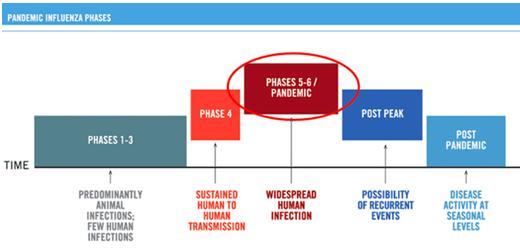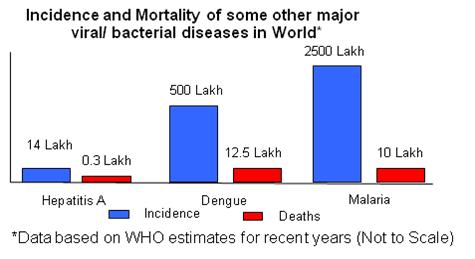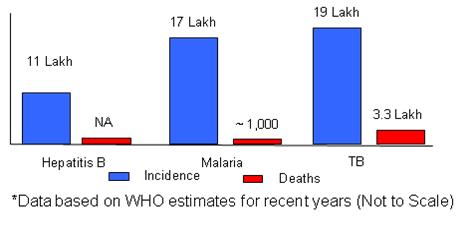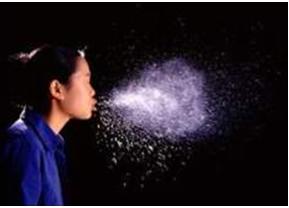Submitted by Vikram Mehta, 14th September.
Over last couple of weeks, Swine flu news has been among the headlines and quite reasonably so. It has infected more than 2.5 Lakh people worldwide and caused close to 3000 deaths. But, Swine flu associated rumors and fear have spread faster than the disease. While precautions like masks and maintaining personal hygiene are welcome, some precautions seem to be doing more harm than good. Companies have become reluctant to hosting blood donation camps and donors have become hesitant.
Summers have always been a hard time for blood donation camps and India faces most severe shortages during the period as donors shy away because of harsh weather. I wonder how many people would fight life and death battle over non availability of blood than with Swine flu itself.
It is human tendency to be afraid of things we do not understand. Here is an attempt to help people understand Swine flu better.
- Swine Flu origins
- Swine Flu Impact and Current Status
- How serious a threat is it?
- What should we do about it?
Flu occurs every year: Influenza or Flu is an infectious disease caused by certain type of virus and is commonly a seasonal infection. Although people develop certain level of immunity it. Flu causing viruses mutate every year so we need new medicines every year to cure the diseases and people are not able to develop complete immunity to it.
Swine Flu is caused by a new highly communicable virus: Swine flu is caused by a virus formed as a result of large genetic mutation hence people have little immunity against the virus. The virus includes genetic material from a virus that causes flu in swine, hence the name.
The virus spreads through:
- Coughing or sneezing of infected people.
- Sometimes by touching something with flu viruses.
Swine flu symptoms: Swine flu virus spreads like other flu viruses and has similar symptoms. Hence detection requires special test. Medical advice should be sought if symptoms persist or complicate.
Swine Flu Impact and Current Status
Very communicable but not so dangerous: Being a new strain, the virus is very communicable and has spread across the globe in past 6 months.

- Americas account for roughly half of the total infections.
- Tropical countries are witnessing rising infections.
The young and people with existing health problems account for nearly 50% of total infections. However, most people get mild infections and recover with minor medical care.
- Hospitalization rate is 2-5% of infected people.
- Globally 2837 deaths reported implying a mortality rate of 1.11 %.
- However, in developing countries such as India and Brazil, the mortality rate is higher.
- 150 deaths reported in India with a mortality rate of 2.7%.
Actual complication rate to be much lower: As per government regulations only those people who have developed severe swine flu like symptoms are tested, so most cases which recover by themselves or with basic medical facilities and are not reported in India. This screws the statistic of mortality towards a higher end as only severe cases are reported.
Karnataka and Maharashtra (especially Bangalore and Pune) account for majority of deaths in India. Karnataka has reported high mortality rate of 6%. So to a certain extent, mortality rate of 6% would be mainly among people who developed severe complications.
Around 170 cases/ day are still being reported in India. So, we need to be on guard. Further, Flu is spreading to more parts of India.
Swine flu cases declining in many countries: Swine flu was declared a Pandemic couple of months back and has passed the Peak stage in countries where it originated. Cases have been on the decline in US, Mexico.
- Mutation of the virus leading to more critical conditions was a concern.
- However, virus mutation has not happened.
- The infection affected India only in last 30-45 days and is likely passing through peak of its spread.
- Infection cases are likely to decline in coming months.

A look at other major viral/ communicable diseases globally:
TB: Over 90 lakh people get affected by this communicable disease. Mortality rates are as high as 20%.
- Malaria and Dengue continue to remain most serious dangerous threats in tropical countries.
- Hepatitis infects all sections of the society and its cases have been growing in the last decade.
Diseases in India:
While TB remains the most serious communicable disease in India, Hepatitis and Malaria also infect significant population.

Actual cases and impact of diseases is expected to be higher.
How much media attention goes to these diseases?
- The virus being highly communicable could potentially affect a large proportion of the population.
- Hence the concern was justified to certain extent.
- Being a new disease, there was low understanding about its impact.
- People are afraid of what they do not understand, hence the extra concern.
Maintain Hygiene and Stay informed!:
- Take hygiene seriously.
- Use hand cleaners regularly.
- Maintain a healthy lifestyle.
-
Sensitive population group (pregnant women, people with respiratory problems etc.) need to take extra care.
- Keep sick children home from school, daycare, camp, etc.
- Stay home if you are sick.
- See a doctor, minimize spread of germs.
- Take hygienic precautions if you are in contact with sick people.
It is important to not to panic, majority of cases recover by themselves.
Another tracker.
Presentation on Swine flu available here.


